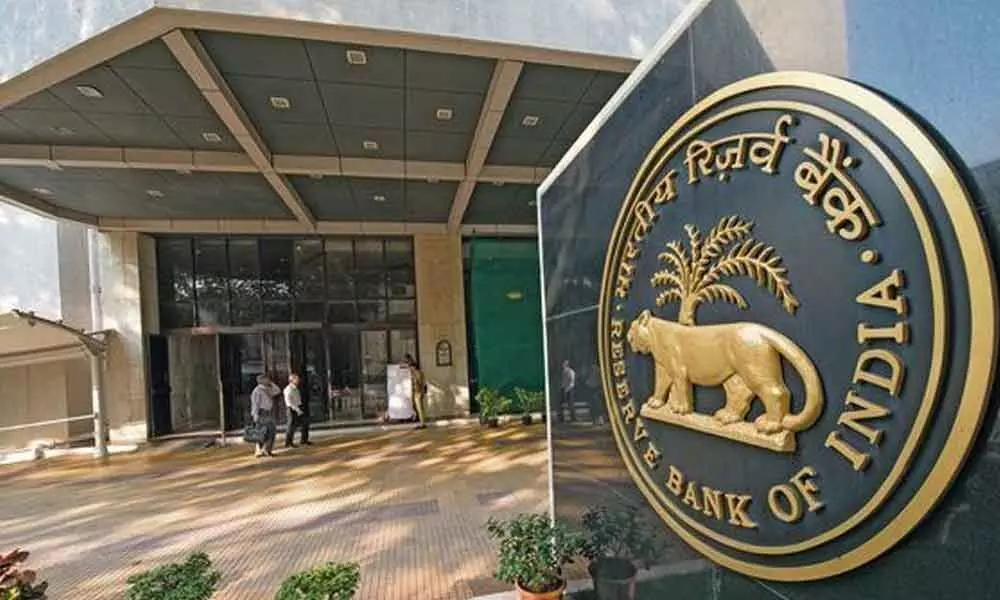Live
- ‘Drinker Sai’ appeals to both younger and family audiences: Producer Basavaraju Laharidhar
- Kerala BJP’s ‘love’ towards Christians is fake: Ex party leader
- Google Gemini Now Features PDF Screen Awareness in the Files App
- Anupama graces Vogue India’s January-February cover
- Captivating poster from ‘Shambhala’ unveiled
- DMK desperately trying to counter BJP‘s rise in TN: ANS Prasad
- Cyber Crimes Surge by 18% in 2024: Director Shikha Goel Reports
- BGT: We are seeing a master at work; I take my hat off to him, says Abbott on Bumrah
- Niranjan Reddy Slams Jupally Krishna Rao and Government Over Irrigation Incompetence
- Gardner reflects on Australia's dominant year after ODI series sweep over NZ









